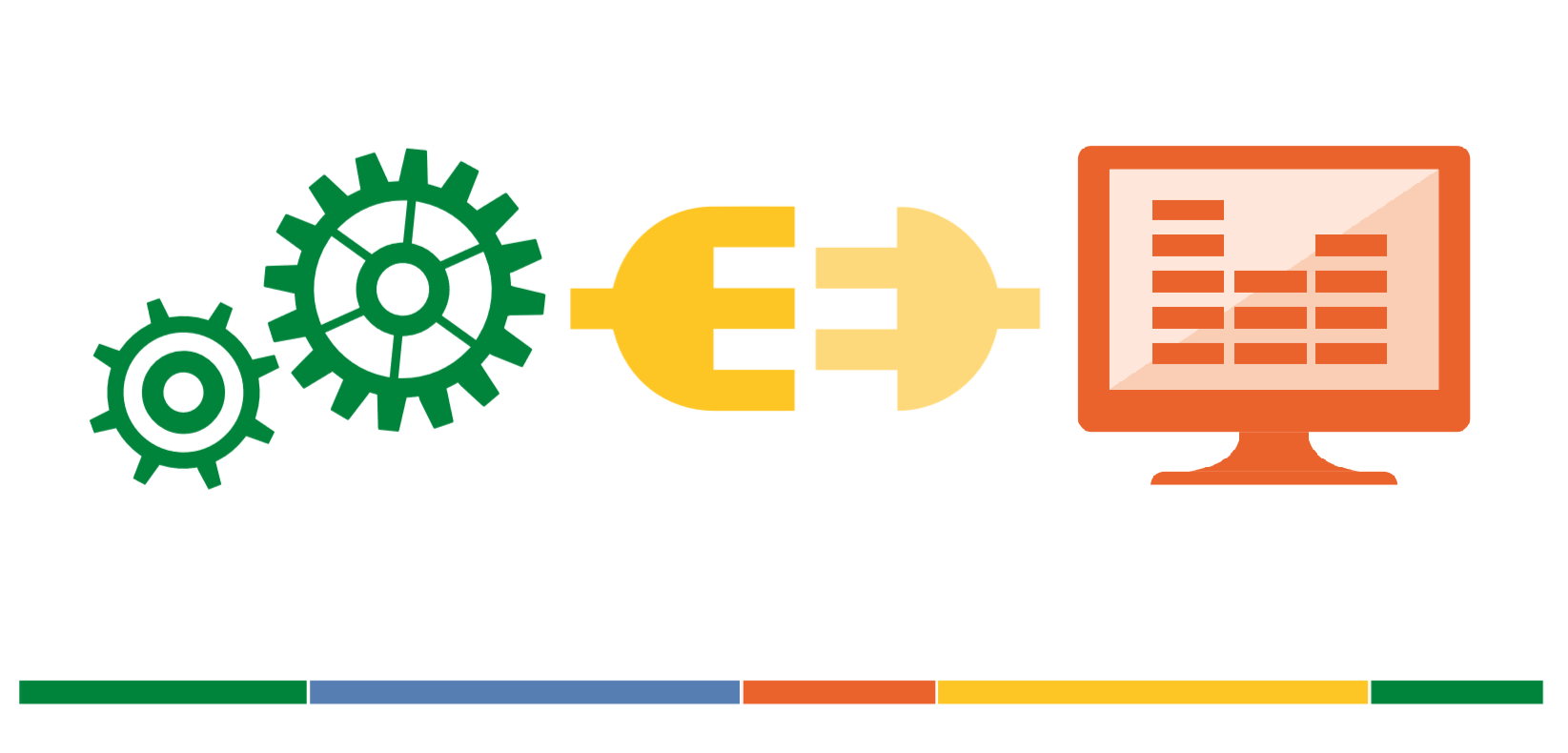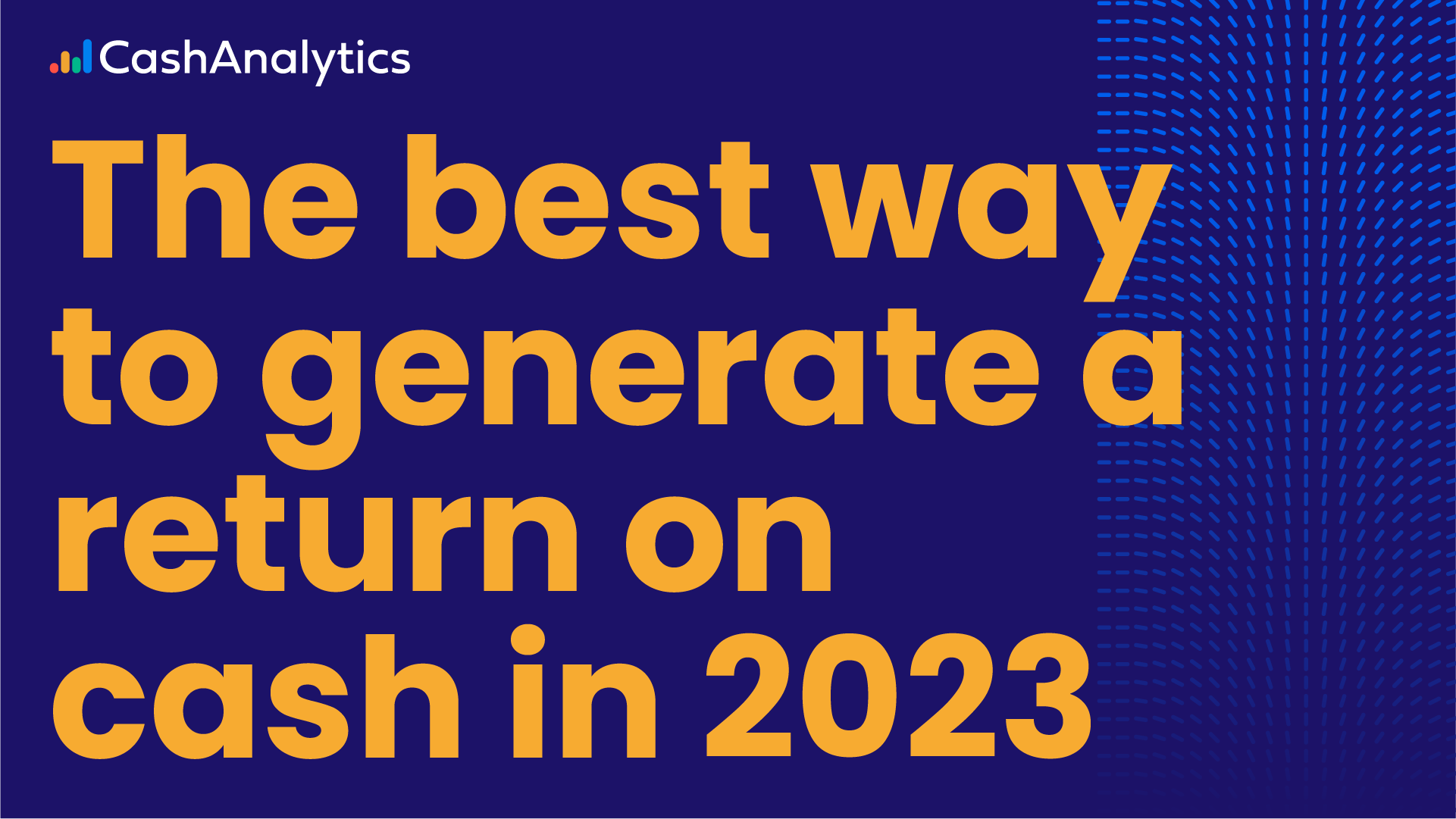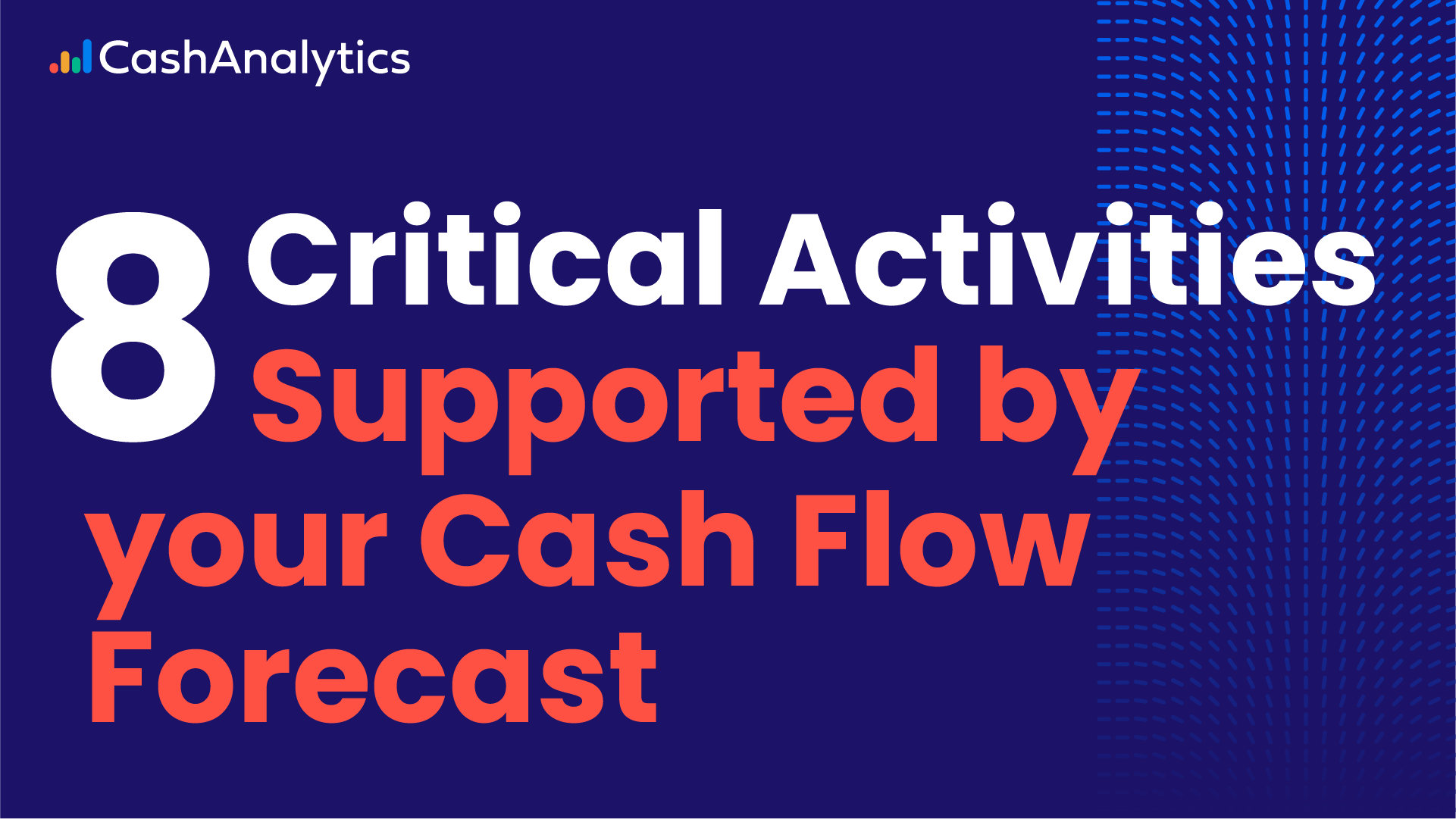
For a head office treasury or finance team, setting up new cash flow forecasting process or refreshing an existing process can bring many benefits. Being able to accurately forecast a company’s future cash position reduces risk of future liquidity issues and minimises the opportunity cost of holding uninvested cash. Also, having fast access to reliable cash flow data allows the treasury and finance team to consistently contribute to the strategic decisions being made within their organisation.
However, designing and rolling out any new reporting process in a large organisation can be challenging. Especially if adequate preparation is not done in advance. Dealing with multiple peoples in multiple places using multiple systems might seem like a daunting task, but taking a structured approach to the design and roll-out of a new process, as well as carefully managing the communication with all stakeholders, will enable a smooth roll-out and ongoing operation.
CashAnalytics has created an in-depth guide to assist people who want to set-up a cash forecasting process in their company. This guide follows a number of straightforward stages and mirrors the successful roadmap we use with our own clients. This roadmap covers five key areas:
1. Setting business objectives
2. Designing a forecasting model
3. Scoping and planning
4. Process set-up
5. Communication and roll-out
1. Setting Business Objectives
The business objectives are the reason the new cash forecasting process is being put in place. Cash forecasting supports a range of high value business activities, and the business case for putting a process in place can have a number of dimensions.
The headline activities supported by cash forecasting often include:
| Activity | Description |
|---|---|
| Working Capital Management | Ensuring the short-term cash and working capital needs of the business are adequately planned and provisioned for. |
| Debt and Interest Reduction | Gaining the required forecast visibility to confidently and safely use excess cash to reduce debt levels and interest costs. |
| Covenant and Key Date Visibility | Being able to accurately project expected cash levels on key reporting dates, thereby understanding the impact on covenant levels. |
| Liquidity Risk Management | Cash forecasting may not instigate a direct action but, in many cases, it is used simply as an early warning signal of future problems. |
2. Designing a forecasting model
The design of the forecasting model itself is a critical task. At a basic level, the forecast model outlines the level of reporting detail required and the forecast time horizon.
Often the level of reporting detail in a cash forecast mirrors the level of detail in management reporting packs. This, at the very least, is a useful starting point.
It’s always a good idea to start with the simplest model first. One that provides the base level of required information. This can then be scaled to a more detailed or complex model over time.
3. Scoping and Planning
Once the business objectives have been set and the forecast model designed, the next step is to scope the project and set a plan.
This planning process won’t be much different to planning for any other project, but it remains an important consideration. A planning document should identify:
- Required timelines and other events that may impact the delivery of the project (e.g. year-end closing)
- Key stakeholders and their availability.
- Other dependent systems and data sources.
- Setting the project team and assigning responsibilities.
4. Process Set-up
The process set-up is a practical step that brings the requirements outlined in the design, scoping and planning stages to life. Whether using a manual tool such as excel or a dedicated cash flow forecasting software solution designed to automate the manual parts of the process, the three steps outlined below will need to be covered.
Step 1: Tool Configuration
Configure the chosen tool so that it mirrors the required reporting structure and maps to the correct master file data (business unit names, etc.)
Step 2: Map to Data Sources
Mapping to other data sources such as ERP systems is a key automation step than needs to be considered, but is often left until after the base reporting process is in place.
Step 3: Testing
The testing phase ensures that the implemented structures produce the required reporting output, and that the data interfaces are working correctly.
5. Communication and roll-out
Clear communication to all stakeholders will be required throughout the project. However, communication is particularly important in and around the time the process is ready to be rolled out to the wider organisation.
It is a factor that is sometimes overlooked but clear and consistent communication with stakeholders, particularly those people contributing forecast information, is key success factor in both the initial roll-out and ongoing operation of the forecasting process.
During the roll-out part of the project, training will need to be provided to everyone involved. This typically takes the form of webinars supported by training documentation. On an ongoing basis, dialogue and communication will centre on feedback, business analysis and the continuous improvement of forecast quality.
To download the full pdf of the Cashflow Forecasting Setup Guide, along with many of our other whitepapers, please follow this link to our resources section.



